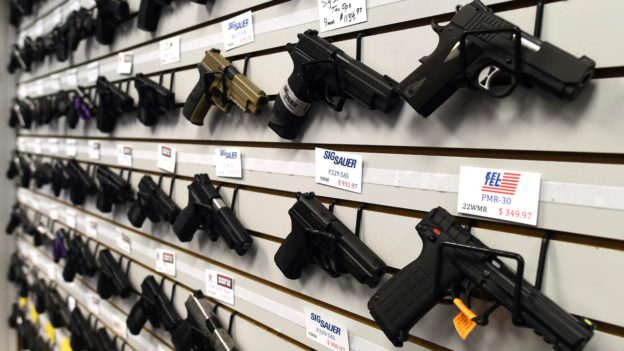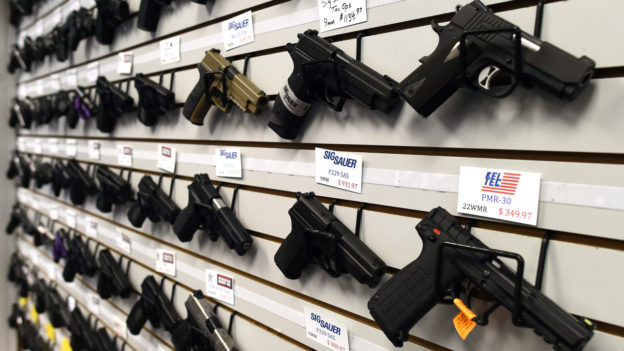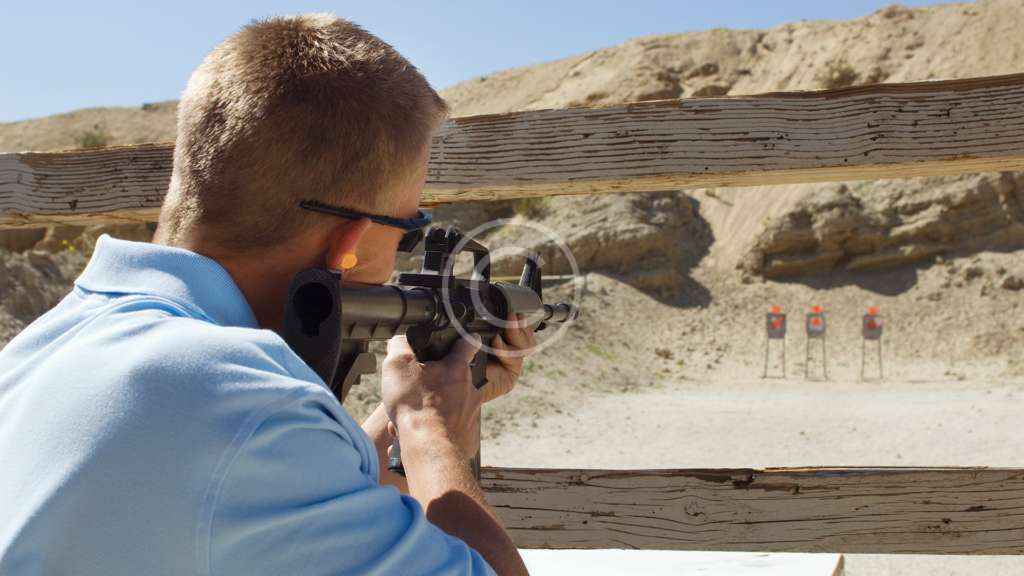What a Newbie Must Know about Firearms in america.

What Every Newbie Must Know About Firearms: A Comprehensive Guide
Introduction: Welcome to the World of Firearms
Welcome, future firearm enthusiast! Whether you’re considering purchasing your first gun for self-defense, hunting, or recreational shooting, it’s crucial to start with a solid foundation. As a firearms instructor and shooting range officer, I’ve seen firsthand the importance of proper education and training. This guide will walk you through everything you need to know as a newbie, from safety rules to choosing your first firearm, and even some tips on shooting range etiquette.
The Four Cardinal Rules of Gun Safety
Before we dive into the exciting world of firearms, let’s talk about safety. The four cardinal rules of gun safety are non-negotiable and must be ingrained in your mind:
- Treat Every Gun as if It’s Loaded: Always assume a firearm is loaded, even if you think it’s not. This mindset prevents complacency and ensures you handle every gun with the utmost care.
- Always Point the Gun in a Safe Direction: Never point your firearm at anything you don’t intend to shoot. This rule minimizes the risk of accidental injury or damage.
- Keep Your Finger Off the Trigger Until Ready to Shoot: Your finger should rest on the frame of the gun, not the trigger, until you are ready to fire. This prevents accidental discharges.
- Know Your Target and What’s Beyond It: Be aware of your target and what lies beyond it. Bullets can travel through targets and hit unintended objects or people.
-
Understanding Firearm Types
Firearms come in various shapes and sizes, each designed for specific purposes. Here’s a quick overview of the most common types:
- Handguns: These are small, portable firearms designed for one-handed use. They include revolvers and semi-automatic pistols. Handguns are popular for self-defense and concealed carry.
- Rifles: Long-barreled firearms designed for accuracy at longer distances. They are commonly used for hunting and sport shooting.
- Shotguns: Firearms that shoot a spread of pellets, making them effective for hunting birds and other small game. They are also used for home defense.
-
Choosing Your First Firearm
Selecting your first firearm can be overwhelming, but it doesn’t have to be. Here are some factors to consider:
- Purpose: Determine why you want a firearm. Is it for self-defense, hunting, or recreational shooting? Your purpose will guide your choice.
- Fit and Comfort: The firearm should feel comfortable in your hand. Try different models to see which one fits best.
- Caliber: For beginners, smaller calibers like .22 LR or 9mm are recommended. They have manageable recoil and are less intimidating.
- Reliability: Choose a firearm known for its reliability. Brands like Glock, Smith & Wesson, and Ruger have excellent reputations.
- Budget: Firearms can range from a few hundred to several thousand dollars. Set a budget and stick to it.
-
Basic Shooting Techniques
Once you’ve chosen your firearm, it’s time to learn how to shoot. Here are some basic techniques:
- Stance: A proper stance provides stability and control. The most common stances are the Isosceles and Weaver stances.
- Grip: A firm, consistent grip is crucial for accuracy. Ensure your hands are positioned correctly on the firearm.
- Sight Alignment and Sight Picture: Align the front and rear sights with your target. The sight picture is the image you see when the sights are correctly aligned.
- Trigger Control: Smoothly squeeze the trigger without jerking. This helps maintain accuracy.
-
Shooting Range Etiquette
When visiting a shooting range, it’s essential to follow proper etiquette to ensure safety and respect for others:
- Follow Range Rules: Every range has its own set of rules. Familiarize yourself with them and adhere to them strictly.
- Listen to the Range Safety Officer (RSO): The RSO is there to ensure everyone’s safety. Follow their instructions at all times.
- Keep Your Area Clean: Clean up your spent casings and any trash. Leave the range as you found it.
- Be Courteous: Respect other shooters’ space and time. Avoid distracting others while they are shooting.
-
Legal Considerations
Understanding the legal aspects of firearm ownership is crucial. Laws vary by country, state, and even city, so it’s essential to research and comply with local regulations. Here are some general guidelines:
- Background Checks: In many places, purchasing a firearm requires passing a background check.
- Permits and Licenses: Some jurisdictions require permits or licenses to own or carry a firearm.
- Storage Laws: Proper storage of firearms is often mandated by law to prevent unauthorized access.
- Self-Defense Laws: Familiarize yourself with the laws regarding the use of firearms in self-defense situations.
-
Training and Practice
Owning a firearm comes with the responsibility of continuous training and practice. Here are some tips to help you improve your skills:
- Take a Firearms Safety Course: Enroll in a certified firearms safety course to learn the basics from professionals.
- Join a Shooting Club: Joining a shooting club provides access to experienceshooters and additional training opportunities.
- Dry Fire Practice: Practice trigger control and sight alignment at home with an unloaded firearm.
- Live Fire Practice: Regularly visit the range to practice shooting with live ammunition.
-
Advanced Training
As you become more comfortable with your firearm, consider advanced training to enhance your skills:
- Defensive Shooting Courses: These courses teach techniques for using a firearm in self-defense situations.
- Competitive Shooting: Participating in shooting competitions can improve your accuracy and speed.
- Tactical Training: Learn advanced tactics for home defense and other scenarios.
-
Legal Considerations in Kansas
Understanding the legal aspects of firearm ownership in Kansas is crucial. Here are some key points:
- No Permit Required: Kansas does not require a permit to purchase or carry a firearm1.
- Background Checks: All purchasers must undergo a background check through the National Instant Criminal Background Check System (NICS)2.
- Open Carry: Kansas allows the open carry of firearms without a permit, except in certain locations such as government buildings2.
- Concealed Carry: Kansas recognizes constitutional carry, allowing individuals to carry concealed firearms without a permit, as long as they meet legal requirements2.
-
Conclusion: Embrace the Journey
Becoming proficient with firearms is a journey that requires dedication, practice, and a commitment to safety. By following the guidelines in this guide, you’ll be well on your way to becoming a responsible and skilled firearm owner. Remember, the key to success is continuous learning and practice. Stay safe, and enjoy your journey into the world of firearms!









